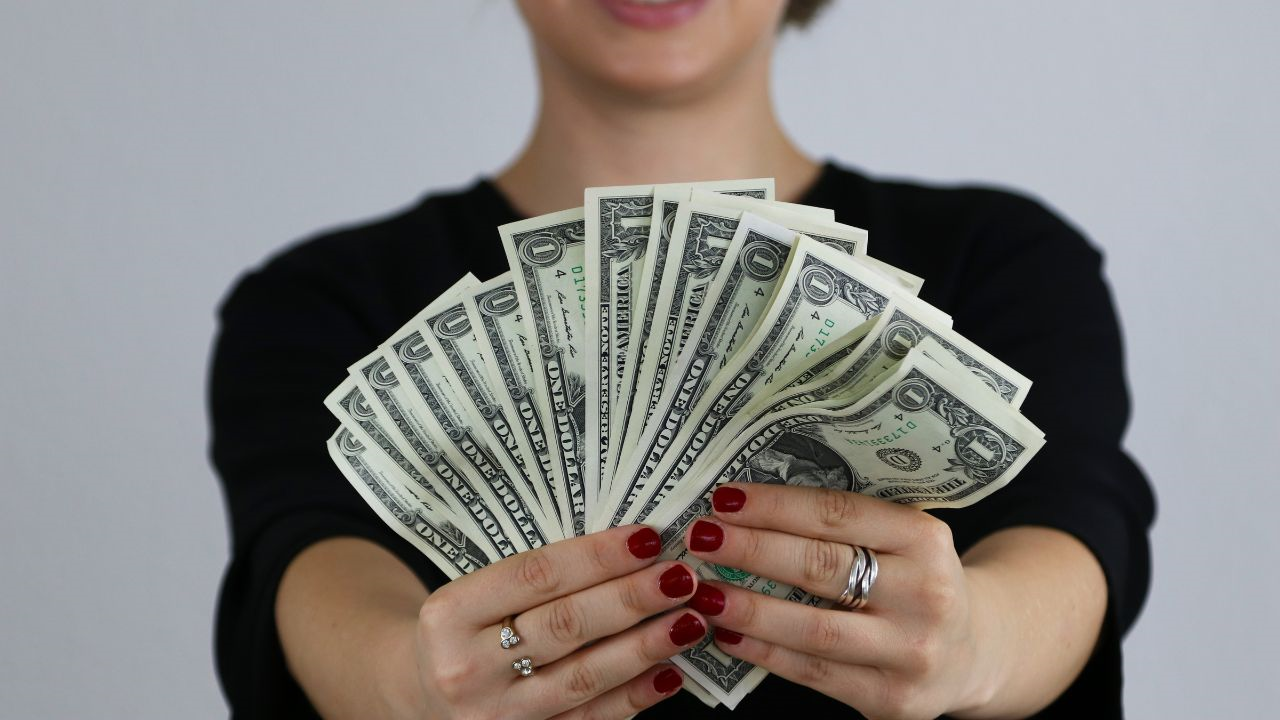Check fraud is a criminal activity involving the unlawful alteration, forgery, or theft of checks intending to withdraw funds from a bank account. Despite the declining use of personal checks, it remains a significant issue. Despite the rapid advancements in technology and the prevalence of digital payment methods, it's noteworthy that one of the most notable increases in financial fraud over recent years is stemming from a traditional tactic: check fraud.
According to FinCEN, the number of reports of bank check fraud act filed last year nearly doubled to 680,000 from 350,000 in 2021. The network claimed it released the warning last month in coordination with the U.S. Postal Inspection Service, the postal service's law enforcement division. From March 2020 through February 2021, the service reported receiving more than 299,000 complaints of mail theft, a 161% increase from the same period the previous year.
The previous year, law enforcement arrested 56 individuals who engaged in check fraud by modifying stolen checks, depositing them into bank accounts, and promptly withdrawing the funds through ATMs. Prior to authorities detecting the fraudulent activities, these scammers managed to steal approximately $5 million.
What are The Common Methods of Check Fraud?
- Paper Hanging: This refers to the deliberate act of writing a bad check and exploiting the time it takes for checks to clear, known as the "float." The individual who writes the check may receive products or services before the recipient realizes the check will bounce.
- Check Kiting: Check kiting encompasses several types of fraud involving writing bad checks and utilizing multiple bank accounts. In one scenario, someone might write a bad check from Bank A and temporarily cover that amount by writing another bad check from Bank B, depositing it into Bank A. This cycle may continue until sufficient funds cover the amount, or the person may use this scheme to make credit card payments before withdrawing cash or using the card.
- Check Washing and Cooking: Criminals engaged in check fraud employ various techniques, such as check washing and check cooking, to manipulate stolen checks. In check washing, they erase original details and replace them with new information, allowing them to deposit the check into their accounts. Conversely, check cooking entails digitally altering scanned checks to create convincing counterfeit versions. Both methods exploit vulnerabilities in the check system and pose significant challenges for fraud prevention, underscoring the importance of vigilance and enhanced security measures in safeguarding financial transactions.
- Check Theft and Forgery: Instead of altering a stolen check, individuals engaged in check theft and forgery either steal or print blank checks and then forge the signature to complete the fraud.
How Can You Identify A Fake Check?
Scammers continually evolve tactics to perpetrate check fraud, but even their most sophisticated schemes can have vulnerabilities. It's crucial to remain vigilant and watch for clear indicators of check tampering when you receive checks by mail.
Incorrect Routing Code vs. Bank Location: Every check has a routing number at the bottom, with the first two digits indicating the Federal Reserve District Code representing the bank's location. Additionally, there should be a fraction in the upper right corner of the check. The first two digits represent a city/state prefix, the next three are a financial institution identifier, and the last three are the federal reserve routing code. The first three digits following the zero in the routing number should match the last three digits of the check routing symbol.
Check numbers: While check numbers serve as references for individuals, banks don't require them to process checks. Scammers may attempt to clear multiple checks with the same number. One way to spot a fake check is to compare the three-digit number in the upper right-hand corner with the last three digits in the Magnetic Ink Character Recognition (MICR) line at the bottom. If they don't match, the check is likely counterfeit.
Micro-perforations that aren't standard: Authentic checks from legitimate printers typically have one or more rough edges due to perforations. An excessive or insufficient number of perforations may indicate a fake check. If a check seems suspicious, compare its perforations to those on one of your blank checks. You can compare a check's perforations to one of your blank checks if it seems suspicious.
Remarks in the Memo Box: Scammers may include unusual words like "dividends" or "payroll" in the memo area of fake checks. Legitimate businesses have dedicated accounting functions for processing checks and typically do not require such notations.
Strange MICR Line: Place your fingers along the bottom of the check, which is typically where the routing and account numbers are. The MICR line's real characters shouldn't be raised or show any shine or reflectivity. The numbers on a fake check might change color if you run a wet finger over the strip.
Stains or Discolorations: When carried out quickly, check washing, a common fraud technique, may leave watermarks or fingerprints. Fake checks are frequently printed on cheap, shiny paper, making the ink susceptible to smearing.
What Can You Do to Prevent Check Fraud?
In an era where digital transactions dominate, it's easy to overlook the persistent threat of check fraud. Criminals continue to exploit vulnerabilities in the check system, making it crucial to protect yourself against potential financial losses and check fraud protection. There are some practical steps to fortify your defenses and guard against check fraud.
- Check Inventory Check: Periodically review your check supply and report any missing checks promptly. Avoid checks payable to "cash" or "bearer."
- Embrace Online Banking: Reduce paper checks by opting for online bill payments and paperless statements. Regularly monitor your account for discrepancies.
- Secure Document Disposal: Shred unused checks, credit notices, and bank statements before disposal to thwart potential theft.
- Enhanced Security Services: Inquire about positive pay or reverse positive pay options with your bank. These services cross-verify check information, deterring fraud.
- Indelible Black Gel Ink: Use indelible black gel ink pens for check signatures. This ink resists alterations, adding an extra layer of security.
Sanction Scanner offers Name Screening solutions while continuously monitoring the sanction lists of 220+ countries to solve check fraud prevention. Modern fraud prevention techniques are at the top of Sanction Scanner's efforts to protect your financial interests and save you from being a check fraud victim. The efficient and accurate real-time name screening system finds any matches that might cause concern quickly. Our system quickly flags and reports these matches for additional investigation in such cases. We record all necessary data, providing you with a complete name screening solution that improves your financial security.





